In the Studio: STILL
Gear conversations surrounding Simone Trabucchi's computerized dub and early digital dancehall.
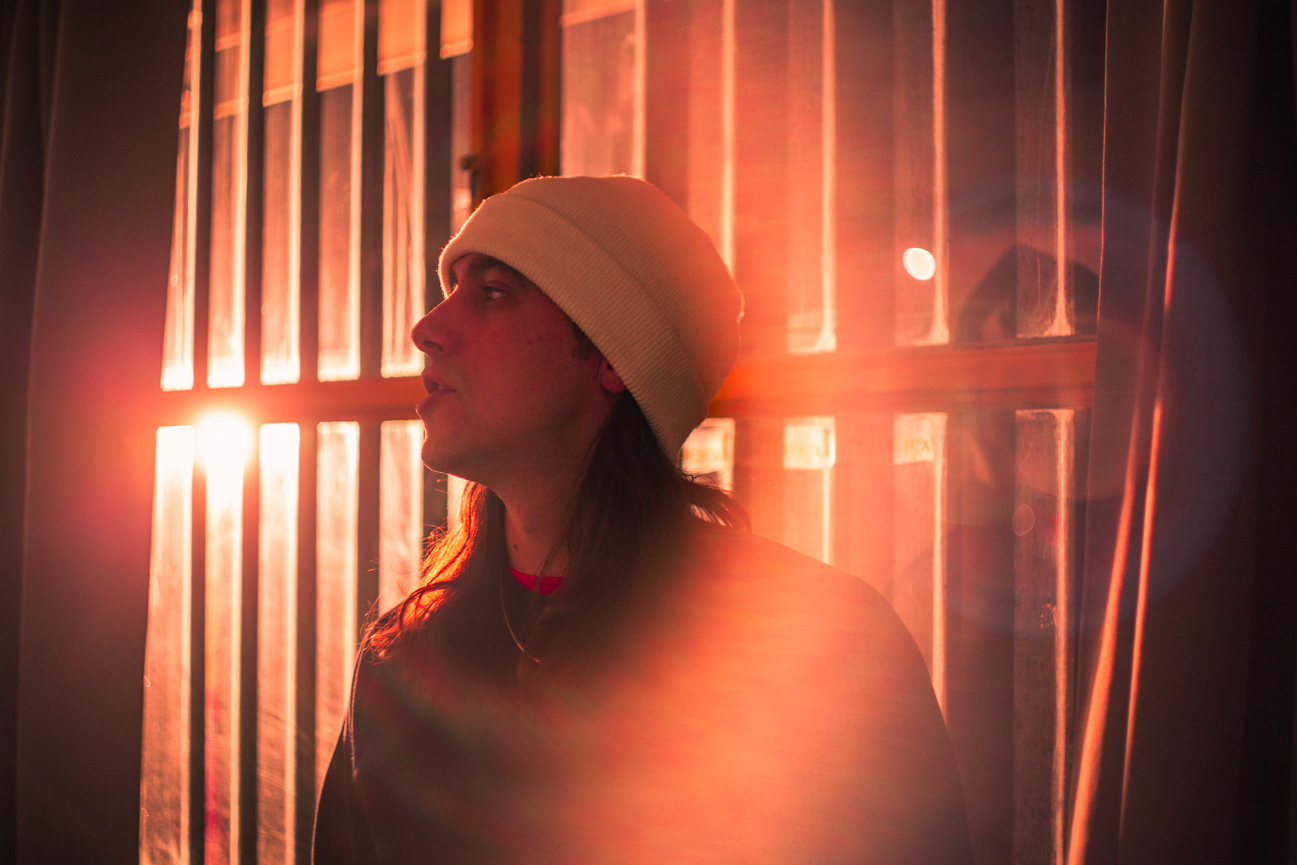
STILL is the latest project of Milan-based artist Simone Trabucchi. He’s perhaps most widely known for his work as Dracula Lewis, a wildly imaginative endeavour that developed his personal take on “folk” music through which he accumulated a number of releases on various seminal labels, alongside his running of Hundebiss Records.
A little unenthused by Dracula Lewis, Trabucchi launched STILL in 2016 with a mix for Club Adriatico that featured a selection of obscure and forgotten gems of digital dancehall instrumentals that he’d collected over the years. Initial inspiration had arrived after the unearthing of the histories that connect his hometown of Vernasca to Ethiopia and Jamaica, explored under his visual arts project Invernomuto, a collaboration with Simone Bertuzzi that focuses on moving image and sound, while also integrating sculpture, publishing, and performance. As part of “Negus,” the duo presented a series of works—sculptures, installations, a book, and a long-feature experimental documentary—that explored these trajectories more deeply; and within STILL, Trabucchi connects these research threads, evolving their sonic and linguistic aspects further.
To date, the project has seen only one proper release: 2017’s I, a nine-track album via Bill Kouglias‘ PAN—featuring Trabucchi’s personal reinterpretations of computerized dub and early digital dancehall. “My idea at first was to produce a dry electronic dancehall record knowing that I can’t produce dancehall as well as a Jamaican can,” he explains. “So I was trying to work around certain structures without actually ever replicating a style.” The album features six Milan-based African-Italian vocalists and singers, mediums of connecting the present with the past. Eager to learn more about the specific processes and inspirations behind the project and the music, XLR8R connected with Trabucchi one afternoon in his shared studio on the outskirts of Milan, Italy.
You’ve got a long history of work in experimental music and the arts, but how did it all begin? When did you begin experimenting with electronic music production?
I think it all started because I come from a remote village. Being isolated, I started to develop a certain propensity for D.I.Y. and a bricolage attitude. I mean, it forces you to do something with what you have, otherwise you get completely annihilated! My first instrument was a keyboard with a drum pad (Bontempi System 5), but I hated it. I was probably eight years old and I wanted to play heavy metal or hip-hop. I remember the frustration of having that keyboard there and not being able to do anything but scroll through the presets—I remember falling in love with some of those preset sounds and a couple of rhythms, though. I actually never thought about that, but that’s probably the beginning of everything.
Tell me more about your childhood. Where did you grow up?
Vernasca, a small village at 457 meters above sea level. Living there without a car means you are pretty much fucked because of the remoteness. With a car it isn’t too bad, however, because in less than two hours drive you can be in Milan or Bologna. But when you are underage, trust me, it’s a fucking mess. I loved it though. I think boredom is a great propeller.
So it’s fair to say that boredom pushed you into music—as a means of escape, of sorts?
Definitely, I strongly believe that boredom is a creative force, but you need a sort of strength and craziness to turn it into a positive thing. I get very sad when I see people destroyed by boredom.
“I knew everything about bands and their aesthetics even though I had never actually heard them. I think this developed a very visual and imaginative attitude—like, I see sounds.”
How do you think your surroundings growing up affected your music?
The landscape somehow was very inspiring; when you come from a place like that it happens naturally. Most of the time you are outdoors in the woods or in the streets, and when you are indoors playing video games, not being outside is a choice—I have this pretty clear memory of me playing Zelda and watching the snow falling from the window next to the TV screen.
I also think Architecture forged my mentality. My family house is a small building with a large place for storing large quantities of equipment or goods, and also an office. This was because my grandpa and my father are construction builders. I can’t deny that the “Gothic-lotto” mentality influenced me. Imagine living in a workplace, growing up there as a child. I was naturally instilled with a D.I.Y. way of thinking.
Of course, the isolation on a more general level has played a big role in forging my imagination. Living so remotely led me into reading a lot about music because the newsstand shops were quite good and featured heavy metal, hip-hop, and skate magazines—in fact, it was easier to find these publications than actual records, or even a decent spot to skate. I was probably the only skater within a 40 km range! I knew everything about bands and their aesthetics even though I had never actually heard them. I think this developed a very visual and imaginative attitude—like, I see sounds.
Do you still see the effects of this in your music and the way you produce it today?
Yes, definitely. Most of the time I start with an “image of a song” in my mind. Or a concept or a feeling that is mostly visual. My production process is basically a personal struggle to find or create the sounds that would fit those visions. I know it might sound a bit hippy, but it’s actually not. It’s like when you buy a record because you are intrigued by the cover and your brain is already imagining how that record will sound; have you experienced this? This is basically how I start to create music, I start from the cover, metaphorically speaking.
Can you explain how these images come to you and how you go about transforming them into song format?
I don’t know really, I think it’s just how my brain works. For example, I can be reading an essay and this brings to my mind certain images and suggestions and I want a soundtrack for that, and that’s my mission: find a soundtrack for that image or scenario. Even though I don’t like to reduce the sonic world to a “soundtrack.”
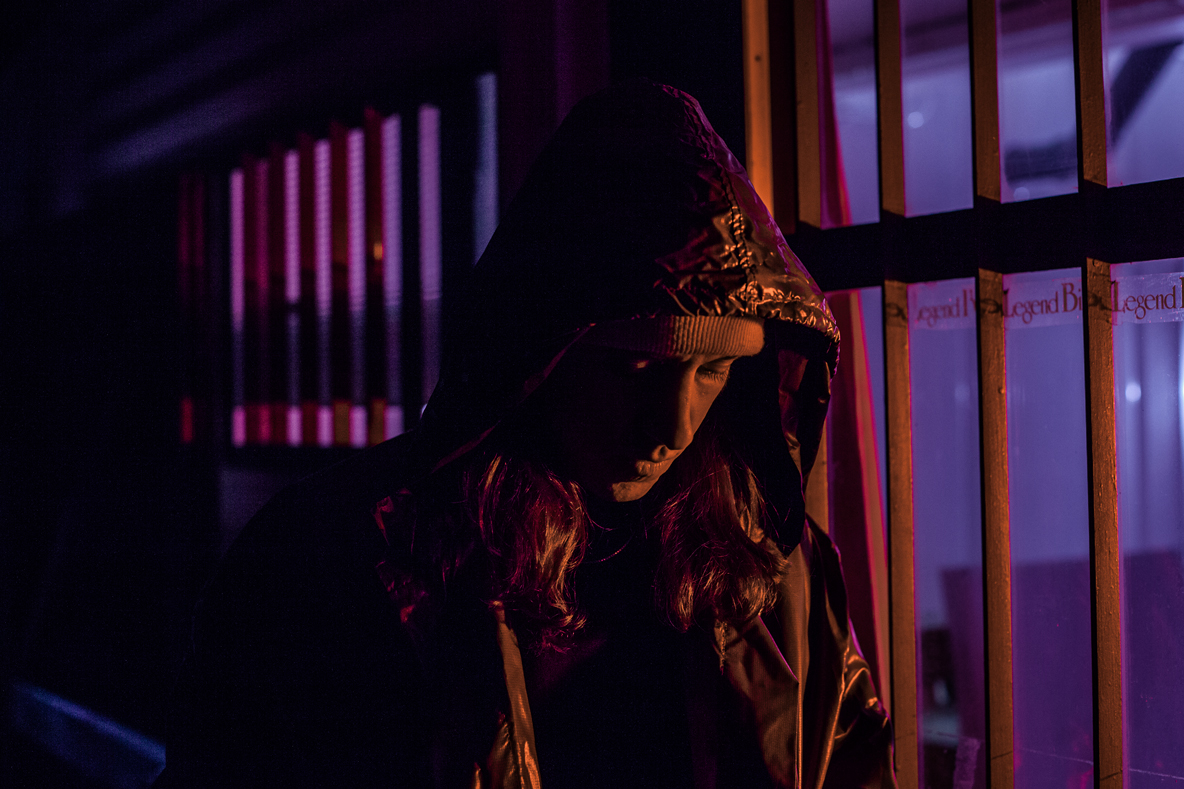
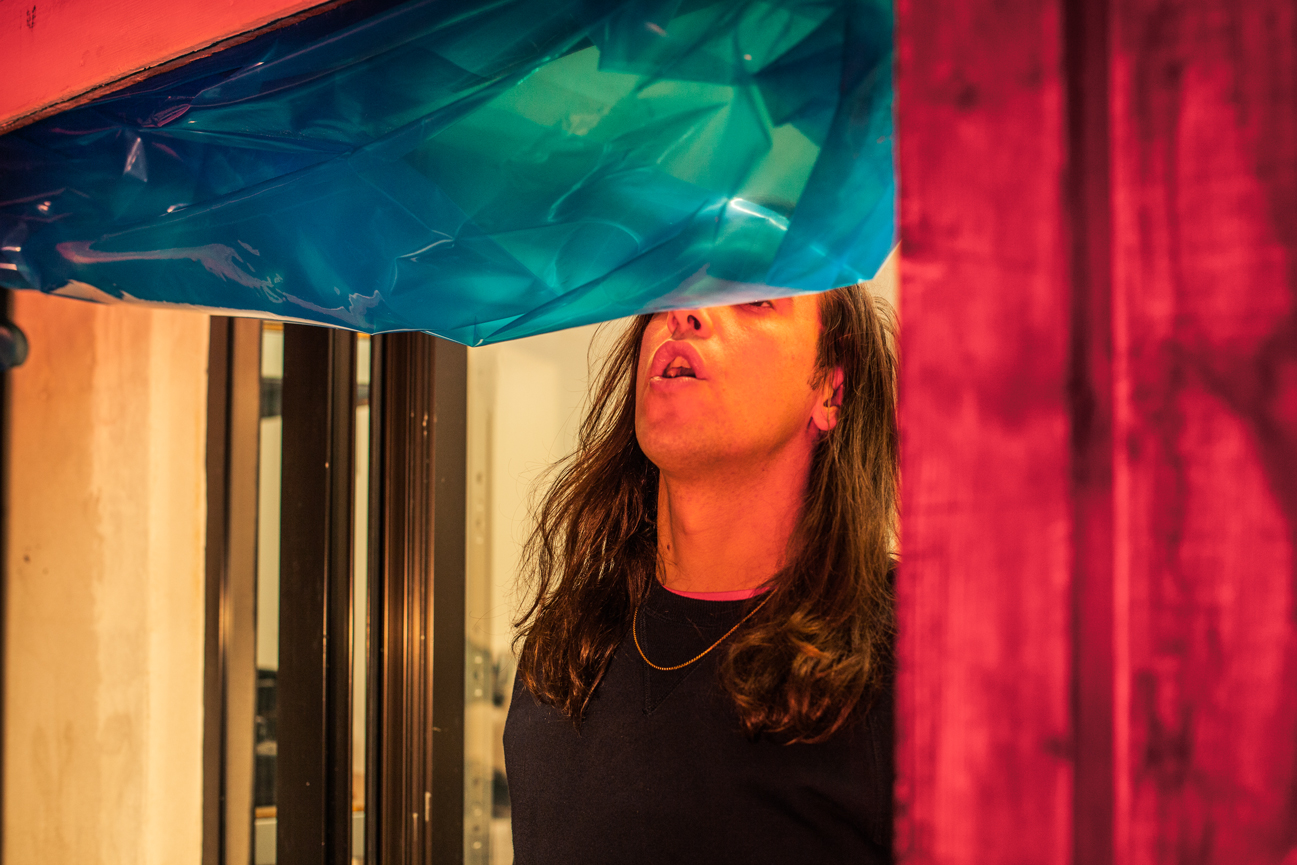
At what age did you begin properly experimenting with music production? What sort of music were you trying to produce?
My very first band was a duo with a schoolmate, who also happened to be my cousin. We are all cousins in Vernasca, somehow, that’s why some people aren’t very intelligent! The band was called SUICIDE, believe it or not—I have a picture to testify that. We did probably two rehearsals. I remember we were trying to play Guns N’ Roses and Metallica, then I tried to push towards some more “crossover” styles; the idea was to mix genres and write lyrics inspired by horror comics. I remember I designed the cover of the demo tape but we never actually recorded anything. Then when I finally went to high school in Piacenza I had several bands, which were all pretty much in the punk or hardcore sphere.
And when did you begin shifting towards electronic production?
I started fucking around with electronics around 21. I was making soundtracks for the first video experiments as Invernomuto. My friend Simone (Bertuzzi) and I were starting from field recordings (frogs were our favorites!) and modifying those with Boss guitar pedals and digital processing. We loved binaural mics and the idea of tactile sounds. I was never interested in reproducing the “music” I was listening to, though I was certainly trying to reproduce certain sounds. I was obsessed with the guitar sounds of Underage and Impact and I wanted my guitar to sound like that; just to give you an example, I liked how “rounded” certain “clicks and cuts” sounds were, and we were messing with the EQ trying to reach that sound quality.
What did these early experiments sound like?
Like digital noise with a musique concrète attitude. Ambient field recordings built from recordings made with a binaural microphone, which was very interesting but not very high definition.
Did you study or have any training?
Yes, I went to Liceo Artistico Sperimentale—which is high school but focused on arts. It was called “Sperimentale” because it included not only drawings and sculpture but other classes like philosophy, chemistry, cinema, etc. And I also went to the Accademia di Belle Arti di Brera, this time for an experimental course in a kind of Multimedia Department. It was really great for the first three years, but the last two years were a bit boring. Both of those schools are public schools, and I had to wake up every morning at 5:30 a.m. to take a bus to go to school, which was great for discipline.
What sort of stuff did you learn in terms of music production? Do you still find yourself applying these skills today?
Zero, only theoretical studies—Attali more than Ableton. I remember once I had a class about Max MSP and I wanted to kill myself because it felt absolutely boring and pointless to me. I’m quite against this idea that electronic music production needs to be this nerdy thing that’s absolutely deprived of any sex appeal; I need to sweat when I’m playing. To go back to your questions, yes sure I’m applying some of the skills I’ve learned, but again, they are mostly theoretical.
So you learned by trial and error.
Yes, and the fact that I wasn’t trained led to lots of mistakes and bad sounds, that’s for sure, and I’m sorry for the ones who were listening! A more inquisitive approach to electronic music began when our (Invernomuto’s) Behringer mixer burned—it was still working but very weirdly. I took it home and started jamming with it; short-circuiting the mixer and using it as the only source of sounds. I was working as a waiter in a pizzeria in the middle of a natural reserve back then. I used to arrive home late at night after work and would then be jamming until the morning. That was the beginning of my Dracula Lewis project. This was around 2007.
Besides the short-circuited burned Behringer mixer, what was your setup to begin with?
We also had a couple of distortion and delay pedals, a very old Roland MS-1 digital sampler, and video program Final Cut for editing the recordings. It’s funny but true.
Were you from a family active in the arts? Did they guide you to these art schools you mentioned?
Nope, my dad studied Architecture during the famous Italian movement in 1977, so he was very confrontational and was questioning everything I was choosing or doing; it was great training. But yes, for sure my family was always very supportive; we had fights, obviously, but I think they understood my goals, or perhaps they just resigned.
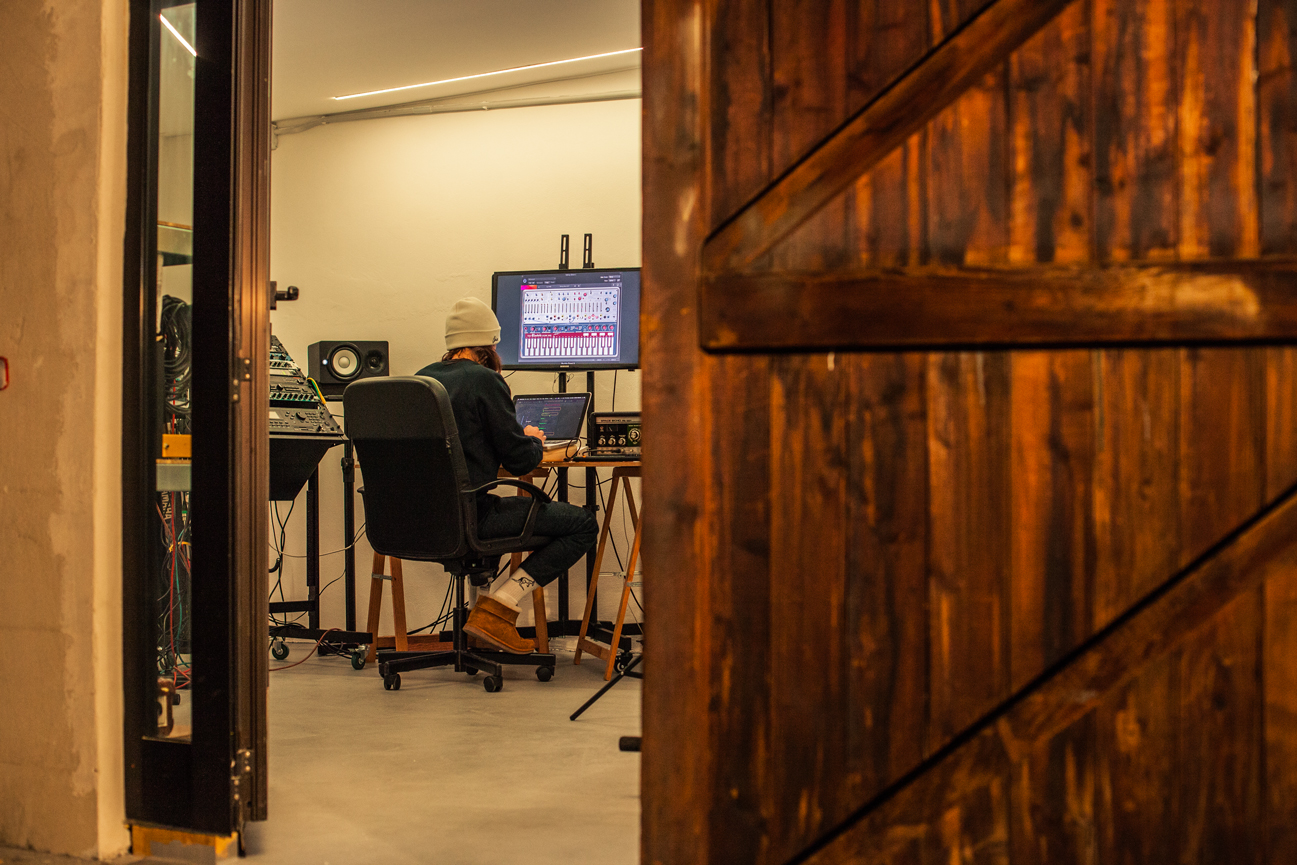
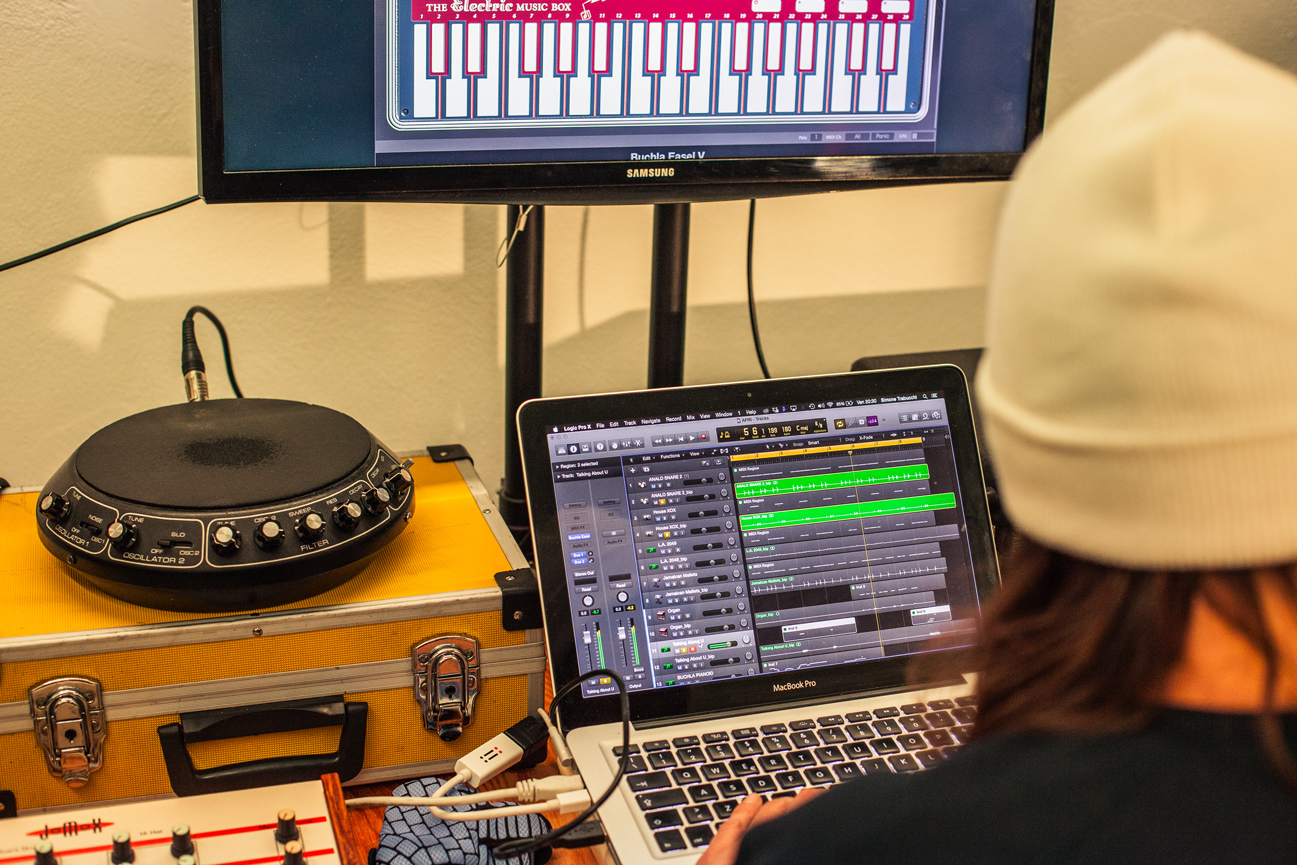
The STILL project was born in 2016. What was the idea behind it, and how does it compare to Invernomuto?
Yes, STILL was born in 2016 when I finally decided Dracula Lewis was over. I was tired of the egocentric approach, being on stage that way, singing certain lyrics; I just wasn’t feeling comfortable anymore. I was also totally focused by the Invernomuto research for the “Negus” project, which resulted in a series of sculptures, installations, and eventually a feature-length documentary around the trajectories that connect Vernasca to Ethiopia and Jamaica. Traveling through these countries and Canada exposed me to certain thoughts; it made me question what my role was. The first output was quite easy; it was a mix for Club Adriatico focused on a selection of digital dancehall instrumentals collected over the years.
How clear was the sound aesthetic for the STILL project in your head?
Absolutely not clear, I only knew I wanted dry sounds and a kind of minimal approach.
What’s the story behind the name?
Ah, well it’s a kind of anagram, Simone Trabucchi ill, STILL. And I love the word STILL because it somehow depicts a certain “static movement” that points at rhythm patterns.
The first STILL release landed last year on PAN. What was the idea for it?
My idea at first was to produce a dry electronic dancehall record knowing that I can’t produce dancehall as well as a Jamaican can. So I was trying to work around certain structures without actually ever replicating a style. At the same time, there was also the desire to tell a story, to testify this very specific moment in this very specific time and geographical space. Working with vocalists and languages was also important—language is the territory where you can find traces of traumas and how people reacted to that.
Can you explain the recording process of the album—what are the key pieces of equipment used?
I used an EMS Synthi A, EDP Wasp, Korg MS-20, Jomox XBase09, Korg M1, Synare, DIY Dub Siren, and Native Instruments’ Reaktor Blocks Wired.
When and where was it recorded?
Oh man, the recording process was a mess. It took me years and many different stages.
First I got that Jomox drum machine I was looking to get for a while, then we (Invernomuto) had a residency in Vancouver BC and Ashland (Total Freedom) hooked me up with this guy Josh (Magnetic Ring) who runs Otic Studio. Josh has a background in the west coast rock/noise scene (Sun City Girls, etc.) and has a great collection of synthesizers that are all quite focused on a certain style and taste. I always wanted to record with an EMS Synthi but obviously I can’t afford one and I also wanted to make rhythms using Control Voltage (CV) as the main way to create melodies. So, with five or six rhythm patterns—and this CV idea in mind—I went to meet Josh.
The “trick” was quite easy: I used the kick drum signal to “play” the WASP, the Hi-Hat to play the Korg, and the snare to play the Synthi. I had six long jams from that session that I edited later back in Italy which formed into a crispy demo that I sent to some friends. Bill (Kouligas, label head of PAN) was one of those friends; he told me he liked it but that I had to find vocalists for each track.
Yes, you worked with six vocalists on this album—how was this experience?
The voice has always been my favorite tool—from my first grindcore band ‘til the latest Dracula jam—but I have to say that, after a semi-failed project (the mixtape “Technical XTC”) which was mainly a work about voice, I was quite exhausted by it. My idea was to get back to music and forget about voices for a second but Bill [Kouligas] asked me to try it—some other friends (like Lorenzo Senni) were also pointing me in that direction. I had to find a method and a way to re-approach vocals in a fresh way. And it kinda happened naturally.
I went to DJ at Club Adriatico and Devon Miles showed up. We were introduced by a mutual friend and we decided to play together that night. He did vocals for my DJ set and it was great—people were dancing and fully entertained. So the day after I sent him a couple of instrumentals and he immediately sent me back some freestyles on Whatsapp. The guy is amazing.
Meanwhile, I started to meet some people involved in the Ethiopian and Eritrean community here in Milan and all of them pointed to a very nice bar as the crucial spot for the community: the Rainbow Cafè. Rainbow is a very chill place, located in Porta Venezia (known as the “African area” of Milan), and run by a couple of young guys Elinor and Berie. I wrote a cut-up text using some words that appeared in the Ethiopian and Eritrean language only after the Italian invasion (example: banzina—”fuel,” bomba—”bomb”) and I added some lines from one of the Futurist manifestos and some reggae classics. Elinor translated the lyrics into Tigrinya and we were looking for someone to record a spoken word track—now known as “BANZINA.” I ended up using a very rough take of her reading the words on my old digital recorder with a bunch of background noise (people in the bar etc.), which is the reason why there’s a massive use of side-chain in the track.
Then, again at Rainbow, on a way-too-hot summer afternoon, I met Germay. Two cops entered asking for the ID of the girl that was working behind the bar. The scene was so brutally stupid and racist that Germay and I immediately reacted and said something to them. After this, we ended up talking about police abuse and after a couple of minutes of chatting, I invited him to my studio and he brought along his two “cousins,” the twins Kaiyde and Taiywo, who both started to jam on my riddims with an unprecedented freedom and ability.
Meanwhile, Freweini entered my life; again, we met at Rainbow through Elinor, and she said to me “I can sing,” so I invited her to the studio and she literally did two takes for every track, without listening to the tracks before. One hundred percent improvised. Those takes are the takes you can hear on the record, untouched and unedited. I would define her as extraordinarily talented.
The tracks also place rhythm as a focus with intricate drum patterns—can you explain your approach to rhythm creation?
I’m not a drummer/percussionist but, yes, the rhythm is the center and the heart of many of my tracks—espcially with STILL. There is something inherently rasta about it and I take it pretty damn seriously. That’s why I don’t ever use drum samples—maybe stupidly, I don’t know—but I love the feeling of tuning the kick drum on the drum machine to find the perfect tune (in my head, in my room) and then realizing I spent three hours just finding a kick sound. It’s a part of making music that requires a certain peace of mind—or a zone that I love to go when peace of mind is very far away from me. I think delays also add an intricate feeling to them, too, maybe. Also, the help of Alexis Chan added complexity in the patterns of a couple of tracks.
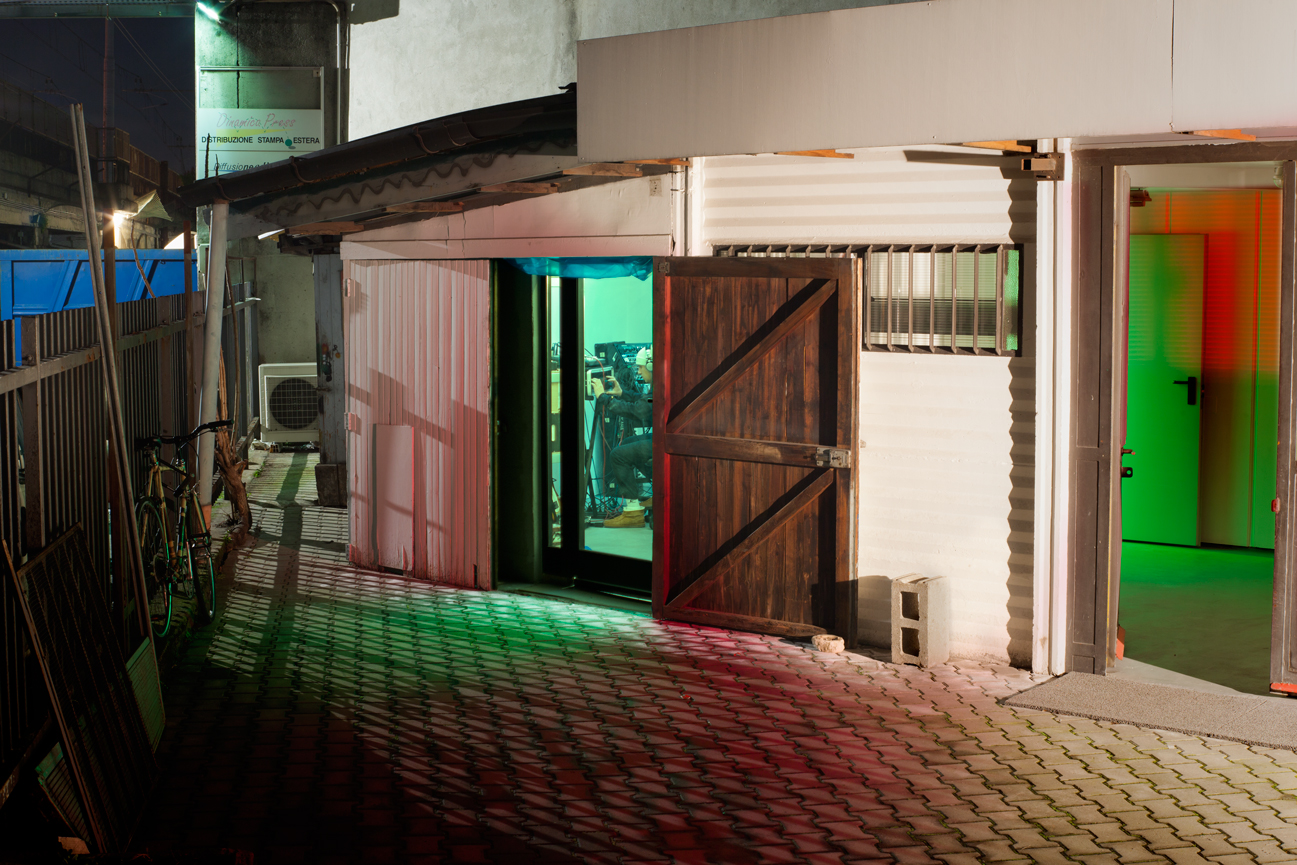
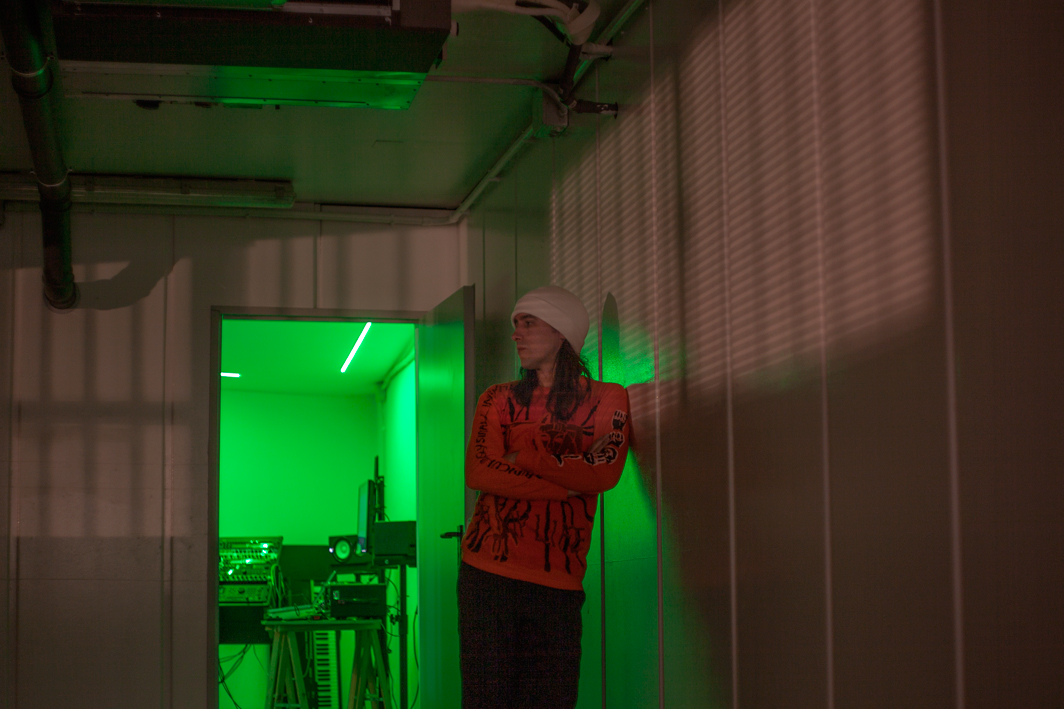
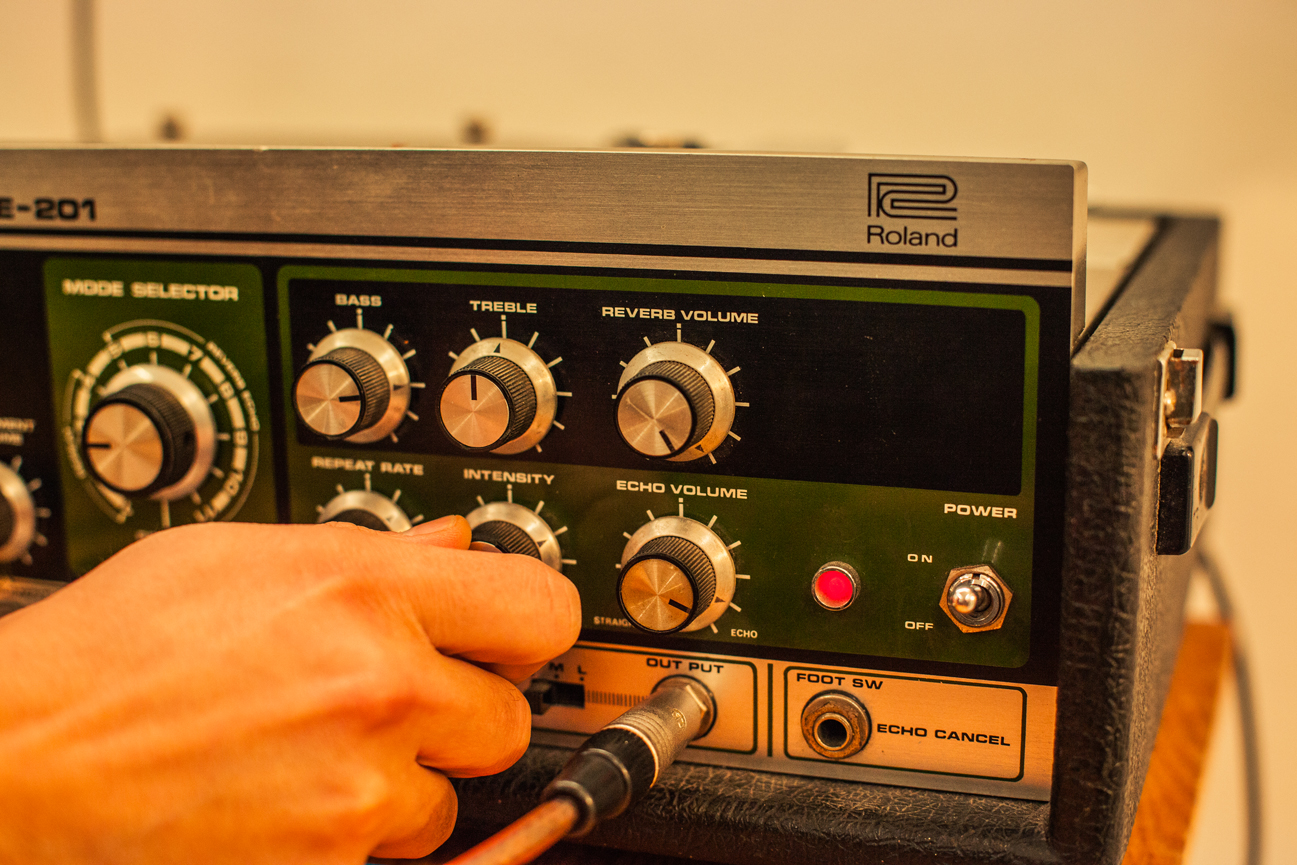
Where is your current studio?
After years of moving here and there, sleeping on every friend’s couch and floor, I’ve finally managed to get a little property. I worked hard on this place for the whole summer and I’ve been living here since September. It’s half studio, half house; I wanted two well-divided spaces for the mental sanity of all the people involved. I’m very happy. The place is in Milano, in a zone called Greco, not far from the central station.
So you share the studio? What times do you use it, during the night or the day?
In the studio, there’s me, Simone Bertuzzi (half of Invernomuto), Jim C. Nedd (Primitive Art), and Mattia Capelletti, Invernomuto’s assistant. In the house “side” there’s only me at the moment. We all work in the studio every day from 9 a.m. to 7 p.m., and at night there’s usually only me or Jim.
Do you think it is important that you have a workspace (i.e. a studio) clearly defined from workspace space?
Very much so. If I see the kitchen from my desk I would think about cooking and eating the whole time. I also really like to have the studio next to my house, on the same property or compound. As I said, I come from a gothic lotto mentality.
Can you describe your studio setup?
The set up is very simple: there’s a computer with two big screens (I need two screens to work properly), there’s a sound card, the drum machine, some controllers, and a classic Korg M1 that I use as a master keyboard. I have a tendency to prefer less and less in terms of equipment; I would actually love to produce with only two instruments, but they’d need to be very comfortable to use. Going back to my studio, there’s a whole delay section, and there’s still a lot of work to do to make the connections easier to access, I need to buy a patchbay asap, and I need some nice cables.
Is there one piece of gear or software that you really desire?
EMS Synthi A, Buchla Easel, Buchla Thunder, and Waldorf XT. And it would be great to have a very powerful computer able to process all the automation without crashing every time. I also want a MIDI saxophone very badly, as I’ve recently become obsessed. I also want the Roland AE-10 Aerophone but it’s too expensive; the Akai EWI, which is still very pricey; and my friend Robert Girardin suggested to me to get a Yamaha WX7 and I just found a second hand one so I will go try it next week.
Do you find yourself often going back to old sketches or do you always start from scratch?
Yes, obsessively. I usually go through a vast set of tracks and I keep opening sketches and drafts when I reach a creative roadblock.
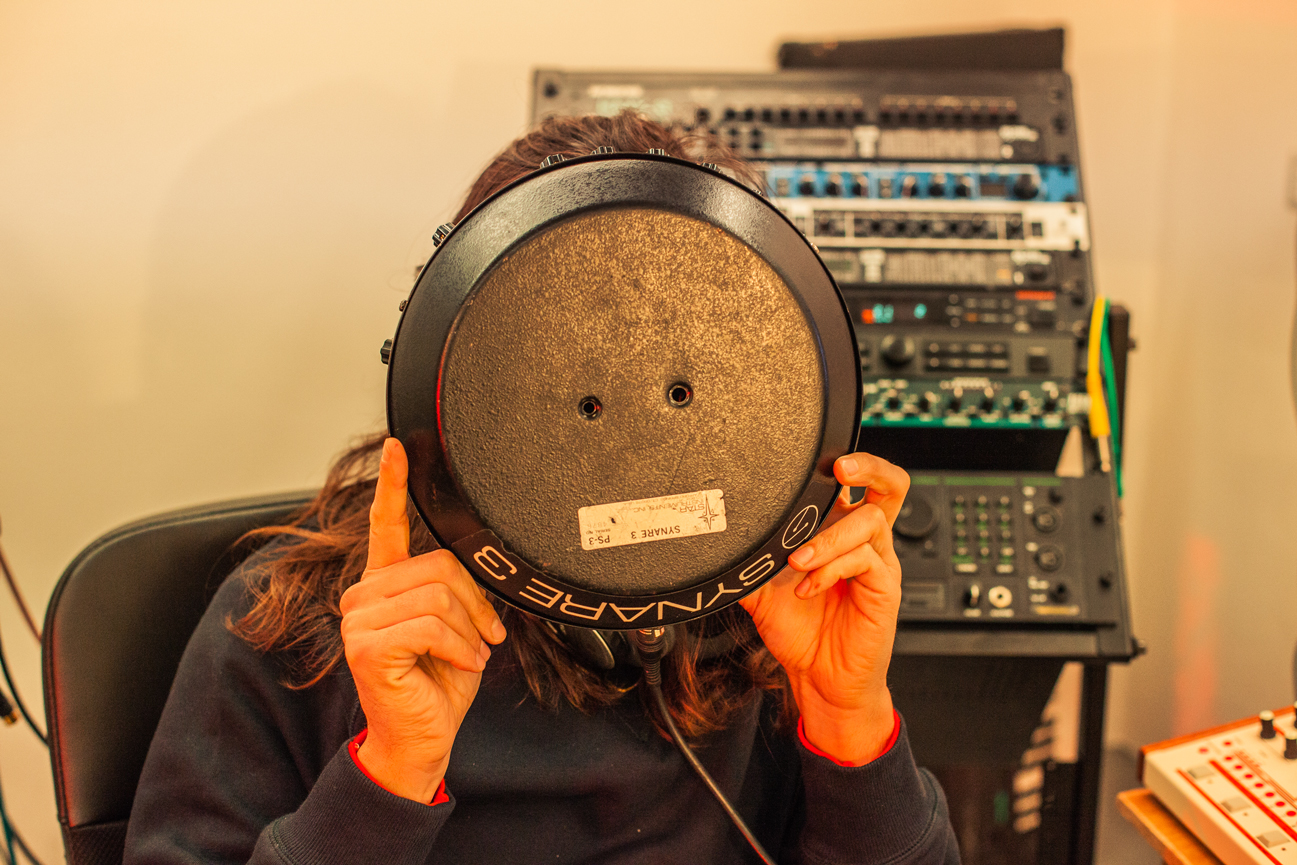
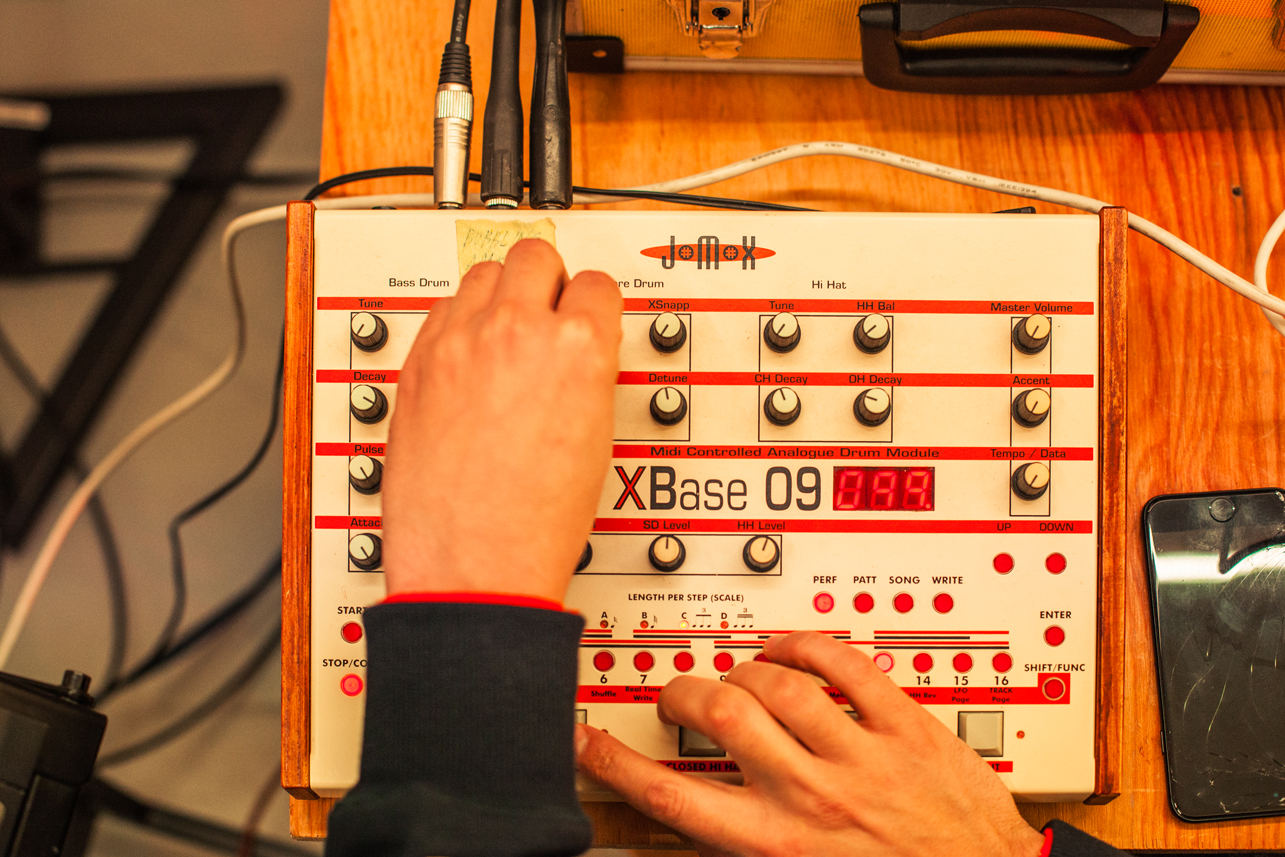
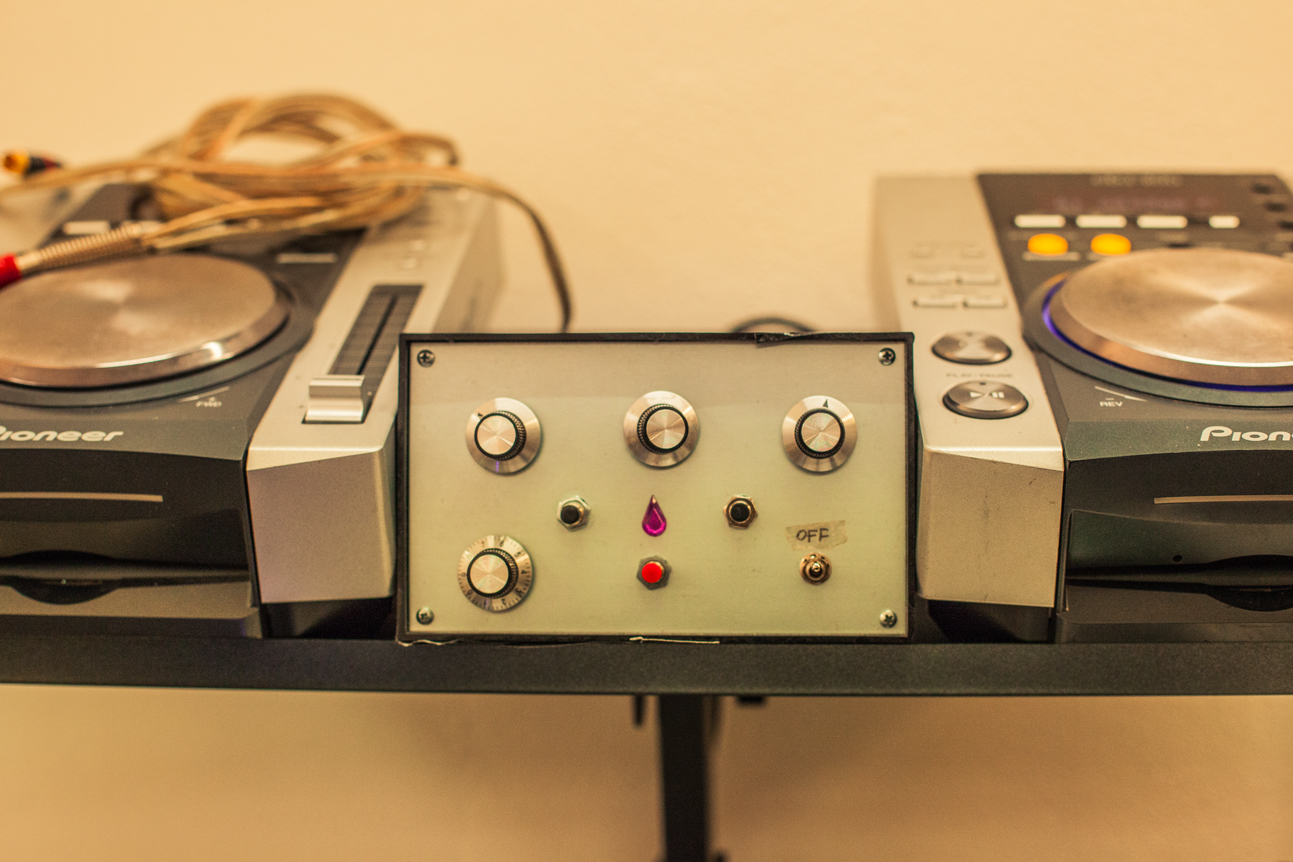
Speaking generally, do you have a specific production routine that you follow?
Studio time is both a struggle and an epiphany; it’s a very private moment for me and I don’t think I could follow a specific routine. Sometimes I get stuck for hours trying to find a specific sound I have in my mind; while some other times everything takes shape quite fast and I don’t even know how it happened. The only “routine” part is that I usually record jams (not necessarily very long) and only later do I edit/arrange them into a more songlike structure. Most of the tracks are coming from jamming, then I do a second project which is the arrangement.
Can you talk us through two examples of contracting processes for tracks from the album and explain how they were different?
Well, the first example can be the “Afrikan Messiah Riddim.” First I did the rhythm pattern on the Jomox drum machine, then I went to Otic Studio and together with Josh (Magnetic Ring, owner of Otic) we did the CV configuration to operate three synths simultaneously (EMS SYNTHI A, EDP Wasp, Korg MS-20), and I did a long jam then took it back to Italy where I arranged the pieces. Then when Kaiyde, Taiywo, and Germay (vocalists on the album) came to the studio I played them the track and they started to improvise vocals, which is where the “bubbling bubbling bubble” refrain was birthed. I ended up with a pretty compact version called “Bubbling Ambessa” and I took it to Berlin and together with Bill (Kouligas) and Ville (Haimala) we mixed it.
It was a completely different scenario for example two, “Gozpaal.” I did this track in less than two hours. I had a rhythm pattern I was sitting on for a while and one night in my old studio I just decided to speed up the tempo—probably double time—and add a wobbling synth. I was reading many tutorials about wobbling synths at the time, which is kind of funny because I love wobbling synths but I hate how most producers use them. Then I think the same week Germay came to the studio and recorded some acapellas—just him, singing without track—with maybe only the metronome click playing. It was one of those sessions we spent more of the time talking about things like politics and personal issues than actually recording. He then left and we both had the feeling we had nothing good. 10 minutes after I got back to the mixer, I opened the track and the latest acapella session he did and I put them together, and voilà: the track was finished, as easy as that.
I understand delays are important in your work. What are some of your favorite delays?
Space Echo, obviously, Boss RPS 10, Boss RDS-10, Roland SDE-330, and recently I fell in love with the Roland SDE-3000A and some of Logic’s warped delays.
When you first get a drum machine or synth, do you read the manual to learn it or do you learn by experimenting and jamming?
Half-half, to be honest. It’s an internal fight: I start to read the manual, then I get nervous and I just want to jam, so I leave the manual and jam until I reach a point when I have to go back to the manual. I have to say forums and YouTube tutorials are also very helpful. Also friends.
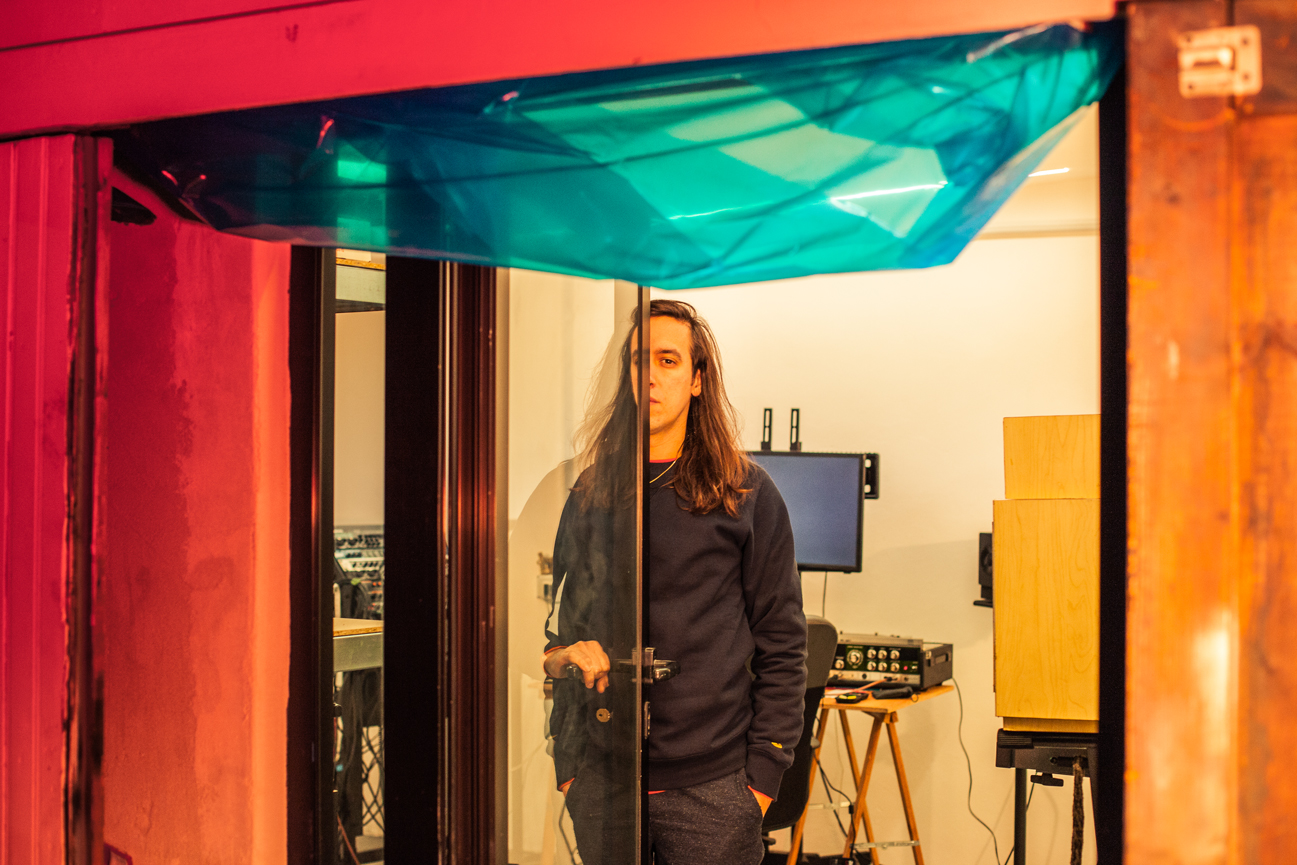
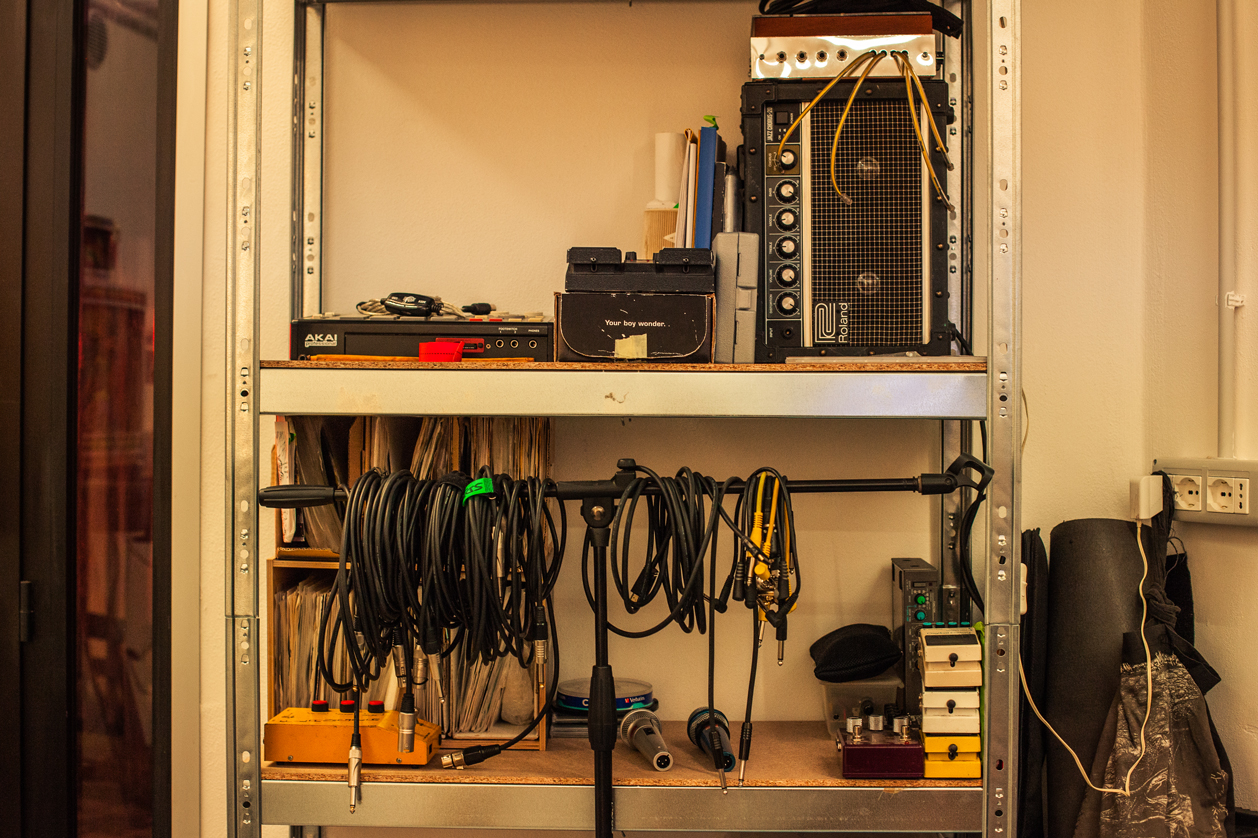
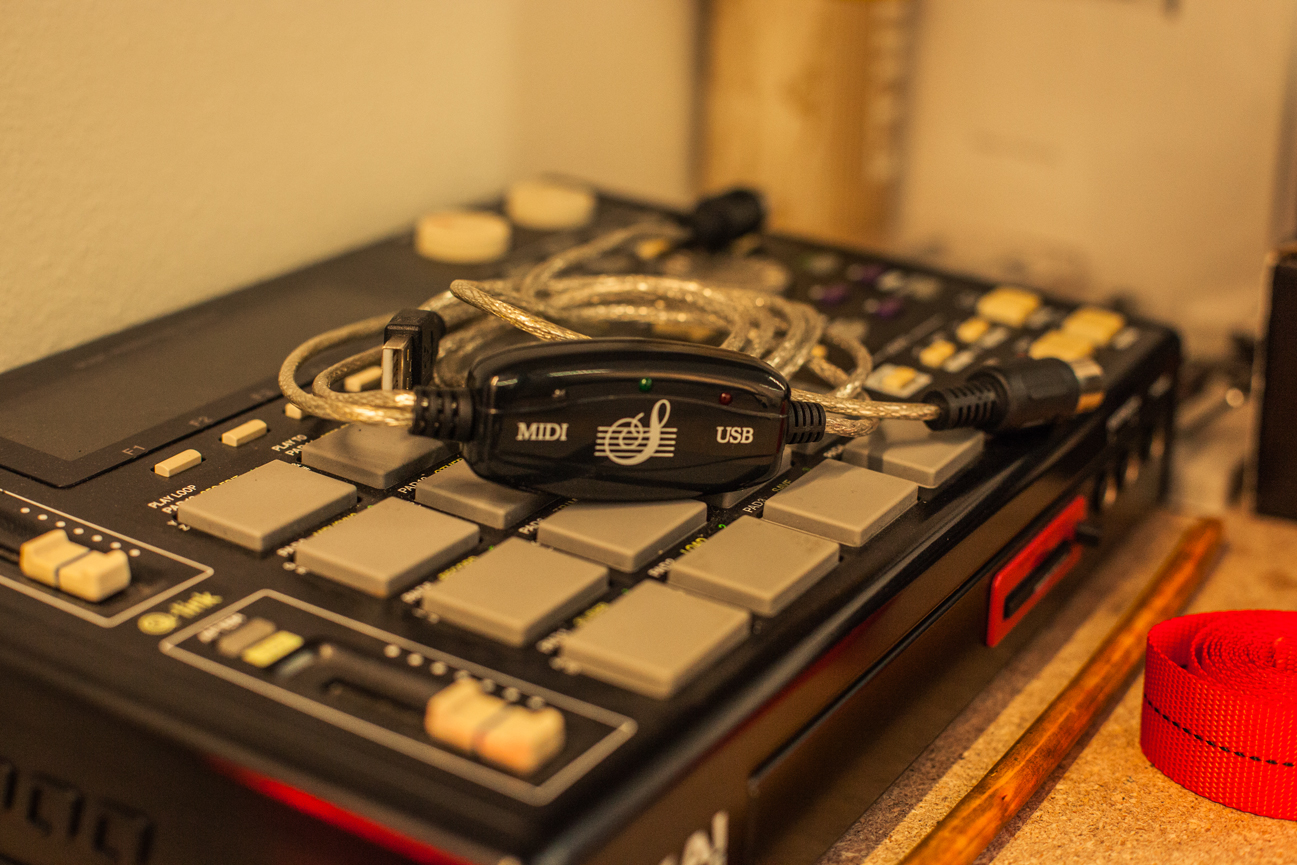
The album follows on from Invernomuto’s “Negus.” Is there a plan to present I in a live context in a similar way?
We actually presented I for the first time last summer at the very special Teatro Burri at Parco Sempione, Milano. We set up a three-way sound system: a regular (but powerful) PA with good sub bass and at the back of the dancefloor my friend Cesare placed his self-built sound system. Because of that setup, the crowd was literally compressed between sound. I was very happy. The singers did an amazing job, I was impressed by their energy on stage but, after playing five tracks, the public irrigation system of the park started spilling water out all over the place. Many friends literally jumped on the fountains trying to protect the sound system and the amplifiers, mixer, and various electronics. It was literally apocalyptic but with a hippy feeling, you know, public park, open air, summer. I was on stage and for a second I thought there was a fight because I saw all the people (and luckily there was a lot of people) moving together.
Following that, we played at Unsound, which was less apocalyptic but with the same good energy. I really think it’s one of the best festivals in terms of the quality of sound and vibes. Since then, we presented I at C2C in Torino, again in Milano, Ghent, Club Adriatico, Barcelona with Equiknoxx, etc. We are still currently touring Europe, with shows booked in Lucerne, Madrid, Amsterdam, Vienna, Porto, Sweden, and much more to come.
You just released a new STILL track as part of a NON compilation. What else do you have coming up this year?
Me and Bill (Kouligas, PAN) are collecting various remixes of my tracks, from various producers all over the world. It will come out soon, only digital. It will feature some of the most brilliant and yet unknown music producers of today, I’m seriously thrilled and honoured.
Photos by Jim C Nedd

